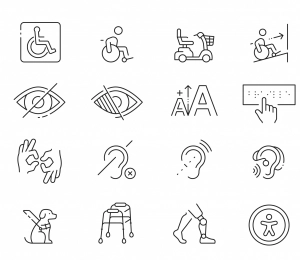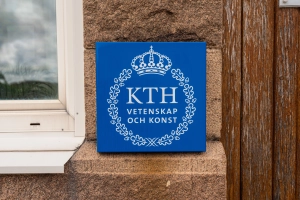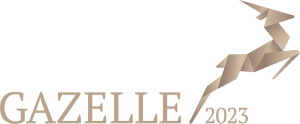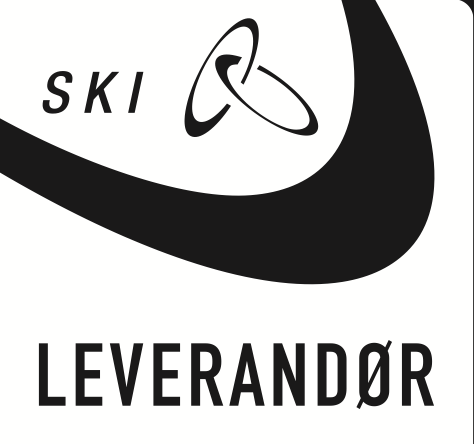How IMG Play helped KTH with digital accessibility, and what you can learn from it
To make a service or content accessible is to ensure that everyone can access and use said service or content, no matter their disability. While it is generally a good business practice to allow your customers to use your service, it will also be required by law in Sweden for digital products and services by 2025 (Tillgänglighetsdirektivet (regeringen.se)
Here we will try to make digital accessibility seem less difficult and arcane for beginners. To start with, we’ll show you some examples of how IMG Play supports digital accessibility at KTH. Then, we will give you tips and recommendations on how to get started on your own.
IMG Plays accessibility support at KTH
For governmental agencies in Sweden, digital accessibility is already required by law (specifically the DOS law). That is why IMG Play has been working with KTH to improve their digital accessibility. We have supported KTH to create and maintain the following:
-
Educational material for staff. For example:
- A self-study course detailing how to create accessible digital documents.
- Guides to creating accessible videos and how to caption them.
- Tips on how to get started, the so-called “low-hanging fruit”.
- Templates and standards for the intranet pages governed by the e-learning team.
- A checklist of basic digital accessibility, for teachers to use when creating courses.
- Ongoing support to teachers on how to improve the accessibility of their digital course material.
How you can get started (as an individual)
While accessibility should be prioritised at an organisational level, there are things you can do as an individual to get started. You should start simple and work to incorporate your knowledge as early as possible in future projects. Also, ask for support from your managers, they should have a vested interest in making your product as accessible as possible. There are more details about all of this under the following headings.
Start simple, with the “low-hanging fruit”
Some accessibility problems we call “low-hanging fruits” as they are simple to fix, in that they can be fixed by individuals with minimal training. These “low-hanging fruits” can usually be fixed after a product is completed, although it’s more efficient to make sure they never appear at all.
Some examples of low-hanging fruit:
- Use the correct heading levels without skipping.
- Write meaningful link text.
- Avoid only using colour to convey information.
- Consider the reading order for screen readers (both in the text and in the code).
For more, we recommend you read the guides created by the Web Accessibility Initiative for designers, writers and developers: Tips for Getting Started (w3.org).
Incorporate accessibility at the start of future projects
When working with accessibility, you will often use checklists to make sure you meet the criterias. However, this makes it easy to fall into the mindset that accessibility is the last step, that you go through a checklist and fix any problems you find before shipping your product. This is the least efficient way to make your product accessible.
You should consider accessibility in the planning stage, otherwise you might have to redesign portions or all of your product. For example, if you have text with images of data tables in them, then the accessible version is to remove the images and add them as tables. Hopefully your product can render tables properly already, but will it scale properly to mobile phones or with 200% zoom? In the best case scenario this is just hours of wasted time, in the worst case scenario the product will have to be fully redesigned.
While you as an individual might have limited control over an entire project, you can apply this mindset to your content. For example, you can ask yourself:
- What parts of WCAG are relevant for this project and what level are we trying to reach?
- Will users be able to navigate with the most common tools? (Mouse, touch-screen, keyboard, keyboard and screen reader).
- What is the standard way to solve [problem] in an accessible way?
- Are there any templates you can use?
- What tools will be used in testing and how often will the product be tested?
Tip! Learn why some solutions are accessible and some are not, it will greatly help you foresee future problems.

common accessibility icons
Ask for support from your managers
There is a lot you can do as an individual, but accessibility is easier to achieve when everyone is helping. Ask your managers what can be done to create accessible templates and routines, and how to best spread the workload. Talking about accessibility will also raise awareness of it and will help you find existing solutions from others.
Get in touch with our accessibility expert (Björn)




